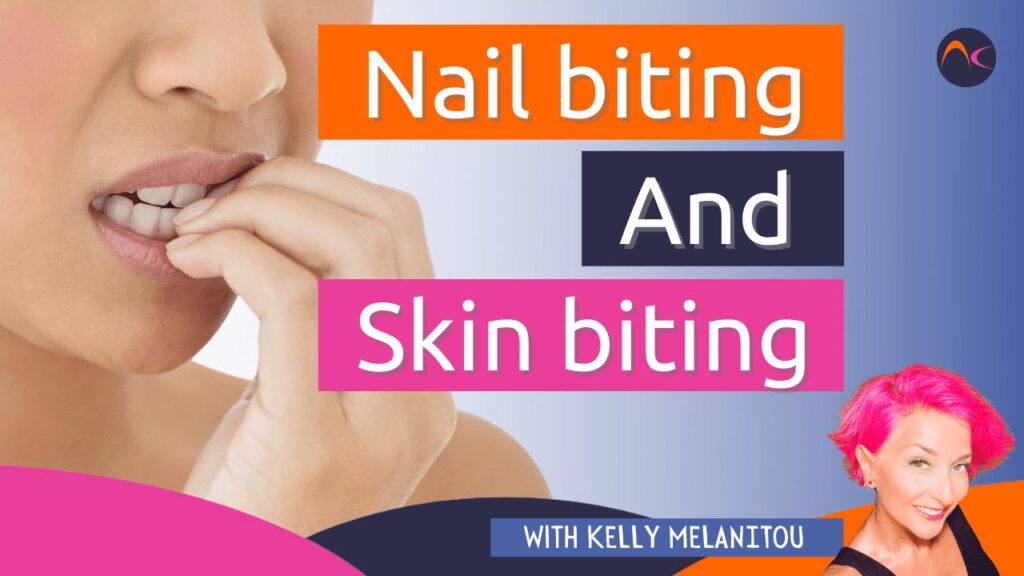As nail professionals, one of the most common types of “problem nails” we encounter is the bitten ones. Nail biting and skin biting typically begin in childhood and usually accelerate during adolescence. They then become a habit that can be difficult to manage. But why does someone develop this habit, to begin with? How harmful is it? And how can we help?
Understanding Nail Biting: From Childhood Habit to Lifelong Challenge
Even though many people outgrow nail biting (me included!), for others it becomes a lifelong habit. It usually starts as a nervous habit, possibly an effort to find temporary relief from stress and anxiety. Nail biting can become a go-to habit for when someone feels nervous, impatient, frustrated, or bored. It can also be an absentminded activity when concentrating on something else, like solving a problem. Sometimes, though not very often, nail biting can be a symptom of mental health conditions like OCD, ADHD, MDD, etc.
A very common progression from nail biting (also called onychophagia) is skin picking and skin biting (periononychophagia). These can severely and drastically change the look of someone’s nails and fingers, and lead to viral infections such as paronychia since the skin is broken. In some cases, the nails and fingers can become severely deformed after years of nail and skin biting. Also, if there is a mental health condition behind this habit, it can evolve to dermatophagia, which is a compulsion disorder of gnawing or biting someone’s skin.
Common Side Effects of Nail and Skin Biting
The usual side effects of nail and skin biting are:
- Soreness
- Fungal infection of the nail and surrounding skin
- Swelling or pain around the nails
- Onycholysis
- Oral diseases
- Illnesses due to pathogens transferred from fingers to mouth (from intestinal infections to common flu)
- Harm to teeth, such as chipping
However, it can also have a social impact, as many nail biters feel ashamed of the look of their fingers, leading to keeping their hands in their pockets, avoiding handshakes, and social withdrawal.
There are many steps that a nail biter can take to stop this habit:
- Avoid factors that trigger nail biting, such as overstimulation or stress
- Take steps to manage stress and anxiety
- Keep your hands busy with something like a fidget device, a stress ball, beads, etc.
- Use a bitter nail polish, specifically designed for nail biters
- Cognitive Behavioral Therapy or Habit Reversal Training
- Visit a nail salon often
Thankfully, nail professionals can really help with this by transforming the look of a nail biter’s nails and fingers with manicures and enhancements.
A good manicure will remove any hangnails and hard skin, and smooth out any ragged edges, making it less tempting to bite them. Also, spending the money, and knowing that someone will check their nails soon, can avert a nail biter from continuing with their habit.
Promoting Healthy Nails Program at the Salon
Nail enhancements, besides the fact that they are not that easy to bite, can really transform the look of a nail biter’s nails and hands. They provide a hard, protective coating that makes the nails look prettier, which can make the nail biter think twice before putting them in their mouth. If nail art is added, it can be even more effective for children and young adults.
My preferred approach is to create an anti-nail-biting program at the salon. This can include manicures, spa and paraffin treatments, home care products, and eventually enhancements, to help your clients quit this unhealthy habit. I can guarantee you they will be grateful, and you will have a loyal client with frequent appointments!
Read more in our Nail Biting article


